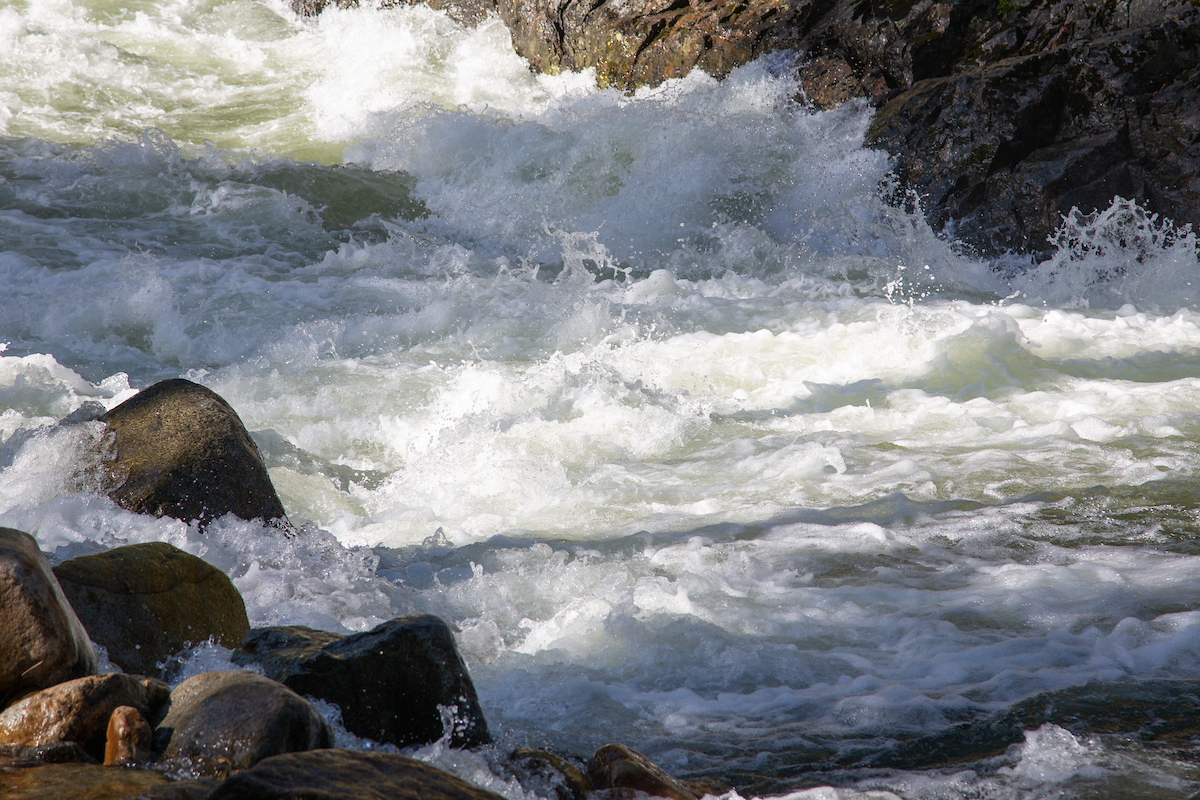Snow melt fills the South Fork of the American River in El Dorado County. DWR/2019
SACRAMENTO, Calif. – California began a new water year Oct. 1 with significantly more water in storage than the previous year thanks to above-average snow and precipitation.
Lake Oroville, the State Water Project’s (SWP) largest reservoir, is currently at 102 percent of average for the date compared to just 62 percent of average at this time last year. Shasta Lake, the Central Valley Project’s (CVP) largest reservoir, is at 126 percent of average compared to 88 percent of average last year. San Luis Reservoir, the largest off-stream reservoir in the United States where water is stored for the SWP and CVP, is at 132 percent of average compared to 117 percent of average last year. In Southern California, SWP’s Castaic Lake is at 112 percent of average compared to 108 percent last year.
“The significant rainfall and snowpack made for a great water year in 2019, so we start the new year in a good place,” said Department of Water Resources (DWR) Director Karla Nemeth. “However, we all know too well that California’s weather and precipitation are highly variable. What we have today could be gone tomorrow. Conserve, recycle, recharge– people and the environment depend on it.”
Water Year 2019 highlights include:
- There were more than 30 atmospheric rivers with many making landfall in northern California.
- The state’s snowpack on April 1 was 175 percent of average.
- Statewide reservoir storage is 128 percent of average through the end of September which is approximately 29.7 million acre-feet.
The water year runs from October 1 to September 30. Rainfall and snow amounts help determine annual allocations for the State Water Project. State Water Project contractors received 75 percent of requested supplies this year, up from an initial allocation of 10 percent due to above-average precipitation.
For more information, visit DWR’s California Data Exchange Center website which shows current water conditions at the state’s largest reservoirs and weather stations in addition to measures of current rain and snow precipitation.
Additional Resources:
Video and Photos (snow surveys/reservoirs/precipitation)
###
Contact:
Maggie Macias, Information Officer, Public Affairs, Department of Water Resources
(916) 653-8743 | maggie.macias@water.ca.gov
